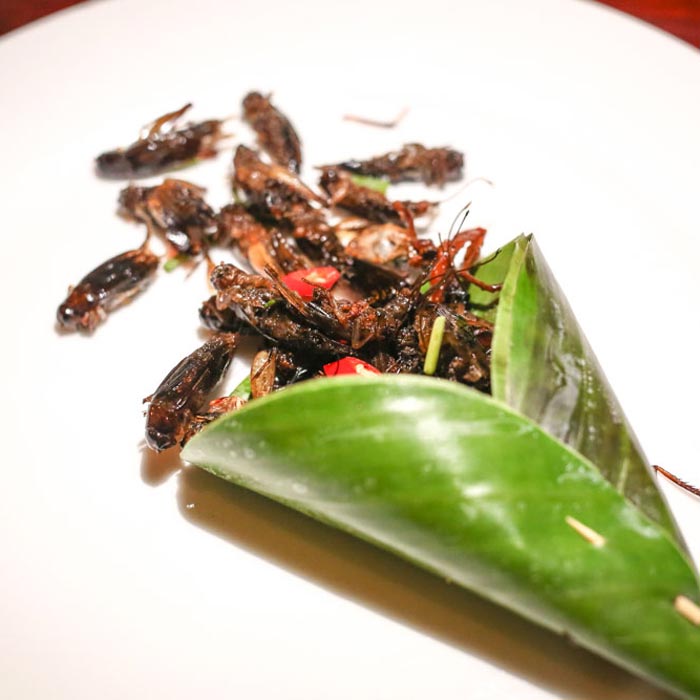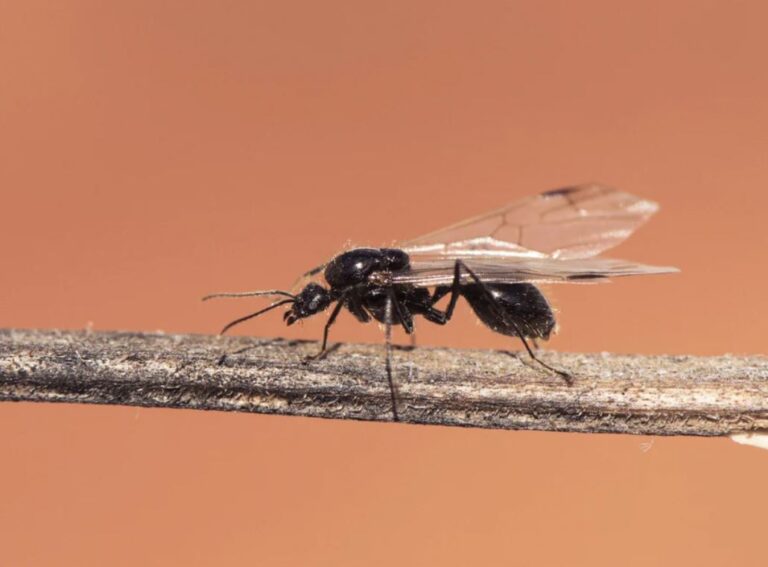Edible Insects – What Science Says About
Global population and food demand continue to increase. As a potential solution, protein alternatives such as edible insects can be used to fill the gap between supply and demand. This isn’t a recent trend — eating insects dates back to the prehistoric era.
Takeaways:
- – Insects are eaten in 113 different countries.
- – Edible insects are a great alternative to fill in nutritional gaps.
- – Edible insects provide a high-quality protein that is highly digestible and rich in nutrients.
- – The research on food fortification using insects is still in its infancy.
- – Eating insects can pose health risks. Experts recommend only eating raised-for-human-consumption insects from trusted farms.
Scientists have discovered fossils from the USA and Mexico that show evidence of insects being eaten, as well as prehistoric cave drawings in Spain. This practice dates back to before the advent of farming and hunting equipment, because insects were a readily-accessible and convenient food source.
What are edible insects?
The term edible insects refers to insects that are safe for humans to consume, with a minimal risk of illness or poisoning compared to other insects. These insects are a high-quality alternative to meat. Crickets, grasshoppers and locusts are among the edible insects that have been consumed in 113 different countries.
Many people consider insects to be a more sustainble source of protein, as they are abundant and use fewer resources. Insects are also high in protein, vitamins, minerals and unsaturated fatty acids. It may take a while for edible insects to be accepted as an alternative protein source in industrialized nations, but the interest is growing. However, insect-based options represent environmentally-friendly and resource-efficient protein sources for a growing global population.
[ruby_related heading=”More Read” total=3 layout=1 offset=5]
Why do people consume alternative proteins and insects?
Don Layman, Ph.D. is a professor of Food Science and Human Nutrition and a 40-year researcher of the role of dietary proteins in muscle protein synthesis at the University of Illinois Urbana-Champaign. He believes that humans are nearing their capacity for animal-based food. The development and availability of alternative protein sources may help individuals to meet their protein needs more sustainably than carbohydrates.
Alternative proteins such as edible insect offer a way to meet the protein and calorie needs of those who are concerned about animal welfare or have limited diets such as those living in developing countries, or those with medical conditions. Iron-rich insects may help fight iron deficiency, which is common among women around the world. Some insects are also suitable for people who don’t like mammals or have an allergy to milk.
What are edible insects?
I think most people agree that foods can be classified healthy if they:
- Supports the growing and aging of the body.
- Nutrient dense without excessive calories.
- Reduces the risk of chronic diseases.
- The minimum processing.
In addition to their high protein content, they also contain fiber, vitamins, minerals and low saturated fat. They can also boost healthy gut bacteria. In a double-blind, randomized crossover study conducted in 2018, 25g of crickets powder consumed daily for two weeks led to a 5.7-fold rise in the probiotic bacteria — bifidobacterium animal.
Consuming adequate protein is essential if healthy means growing and maintaining muscle, improving body composition and minimizing the risks of sarcopenia, (accelerated muscle loss as we age). According to research, several edible insects contain similar amounts of complete proteins – all the amino acids essential for muscle growth and development – as popular livestock sources. Yellow mealworms, locusts, caterpillars and moth larvae, crickets, grasshoppers and other insects are high-protein sources. These insects are not only rich in protein but also superior to plant proteins when it comes to their digestibility.
Is it safe to eat edible insects?
Health concerns reported by the European Food Safety Authority (EFSA) include heavy metal content, feeding, and processing practices, consumption of wild vs. farmed-for-human-consumption insects, and use of antimicrobials and antibiotics in farming. The risk of an insect allergy is higher for those who have a shellfish or seafood allergy.
It is best to remove the wings and legs of grasshoppers or crickets before eating them (if they are eaten whole). In summary, to minimize risks, the EFSA recommends consuming only farmed-for-human-consumption insects from reputable producers who control feeding, growing, and processing conditions.






![Do Sauna Blankets Work For Weight Loss? [Must-Know Before Buy]](https://slashandscroll.com/wp-content/uploads/2022/09/Sweating-after-sauna-blanket-768x443.jpg)
